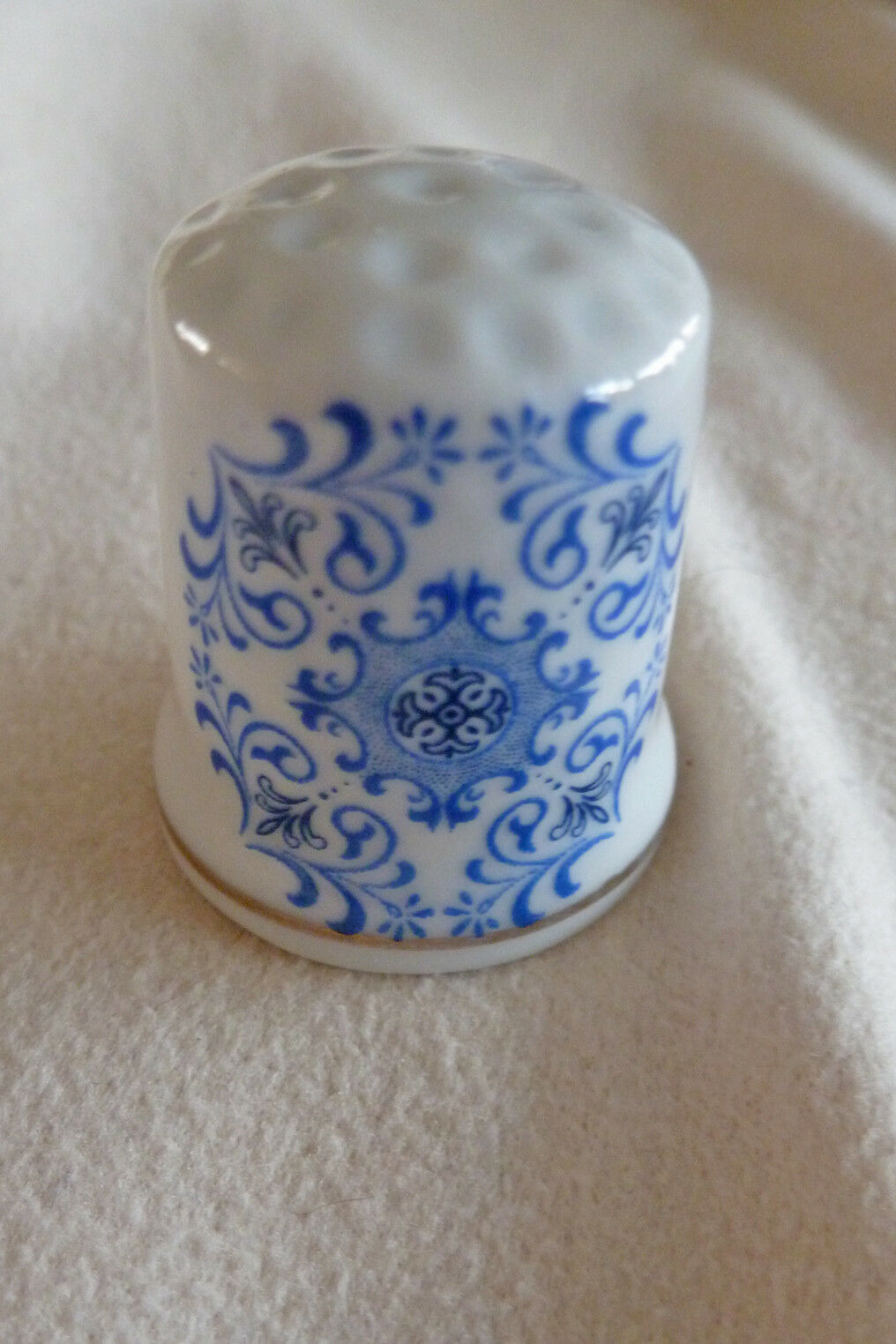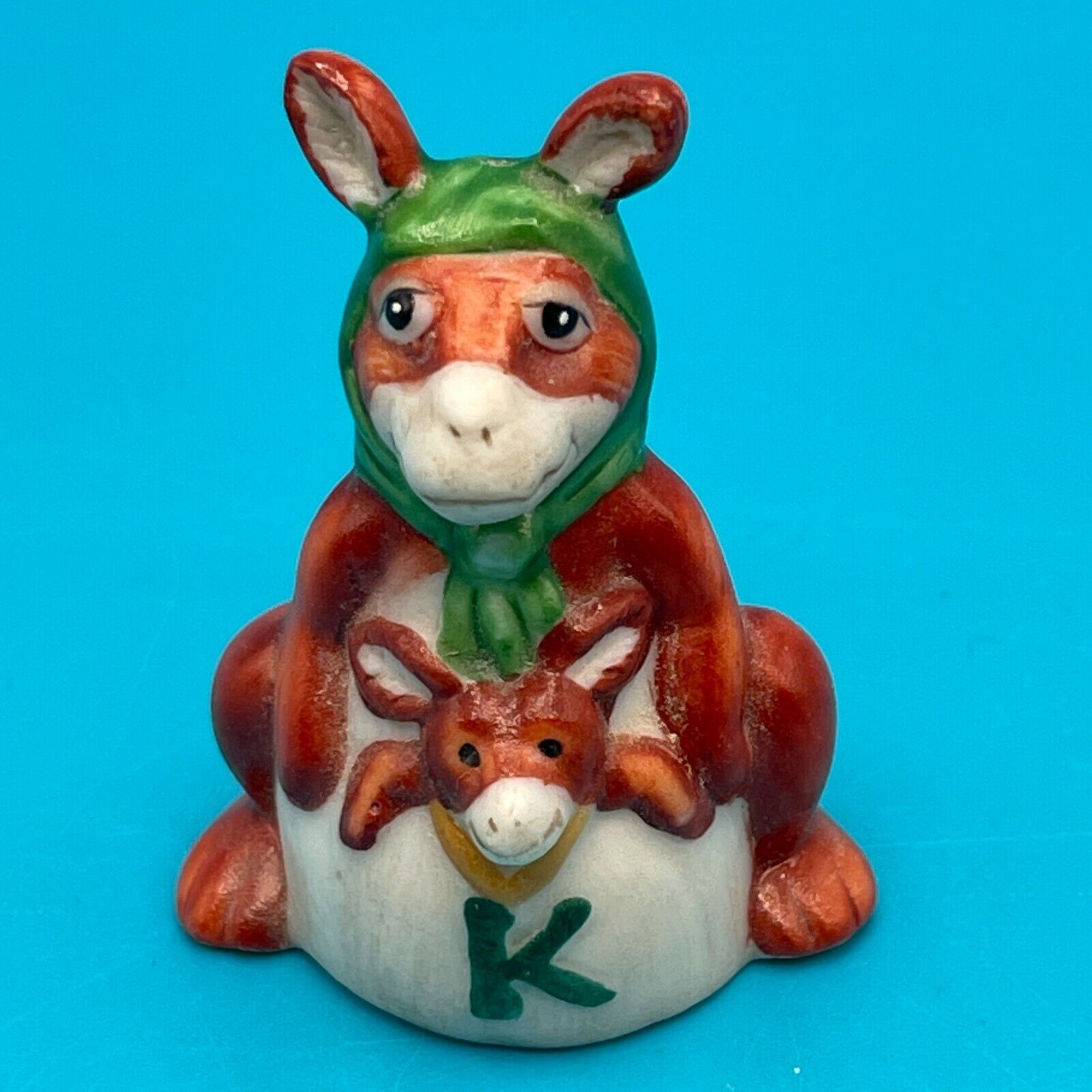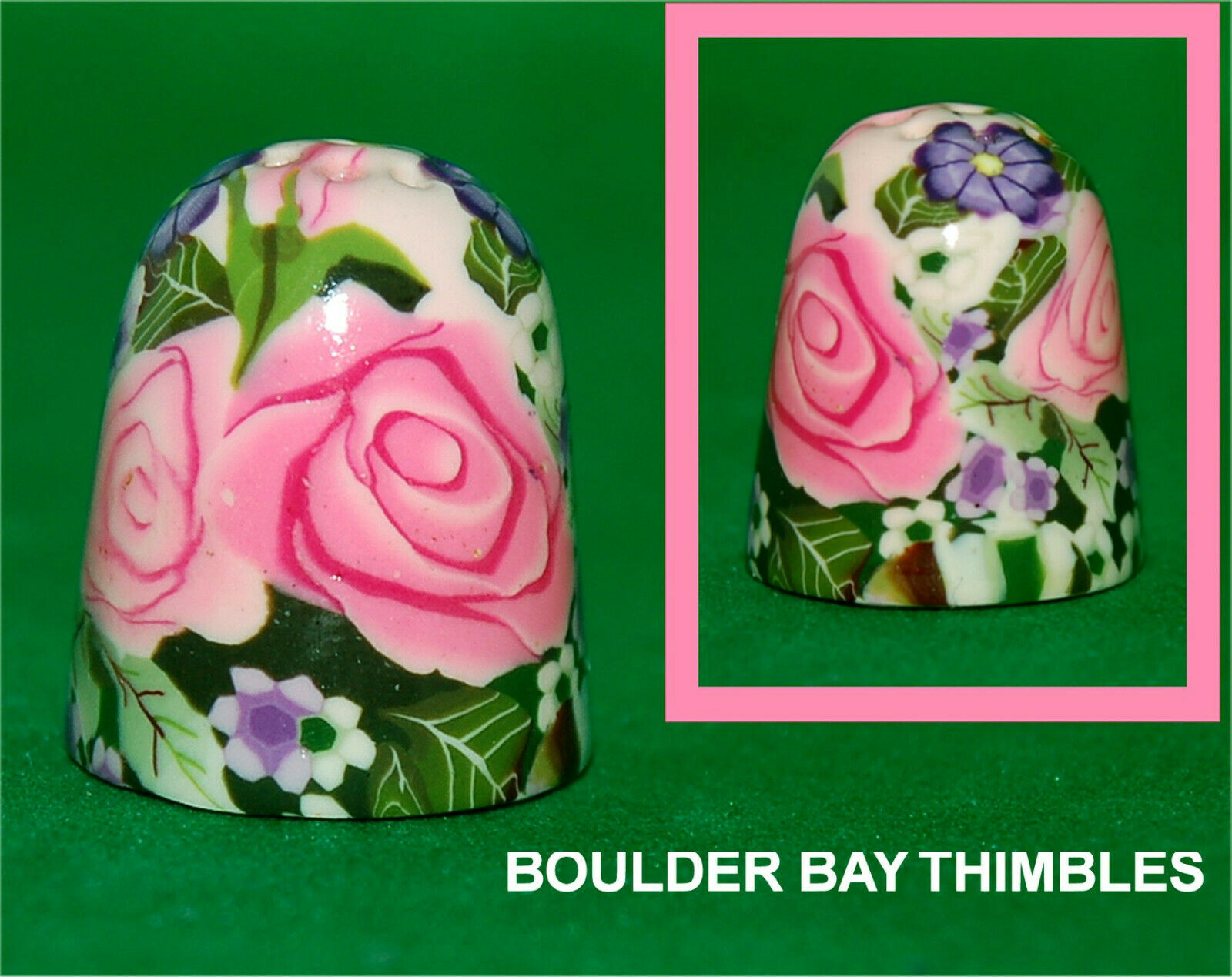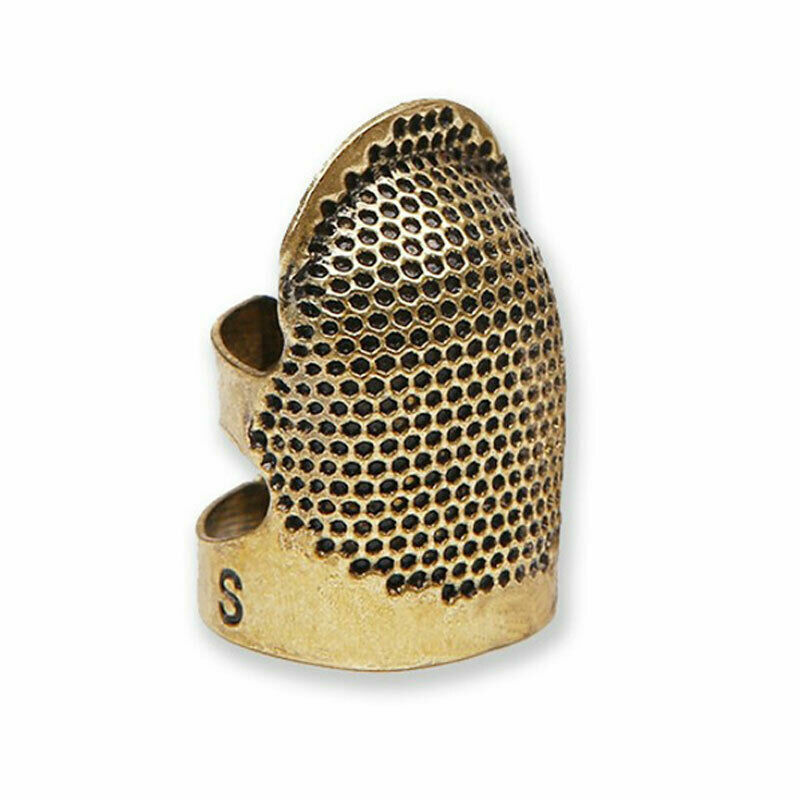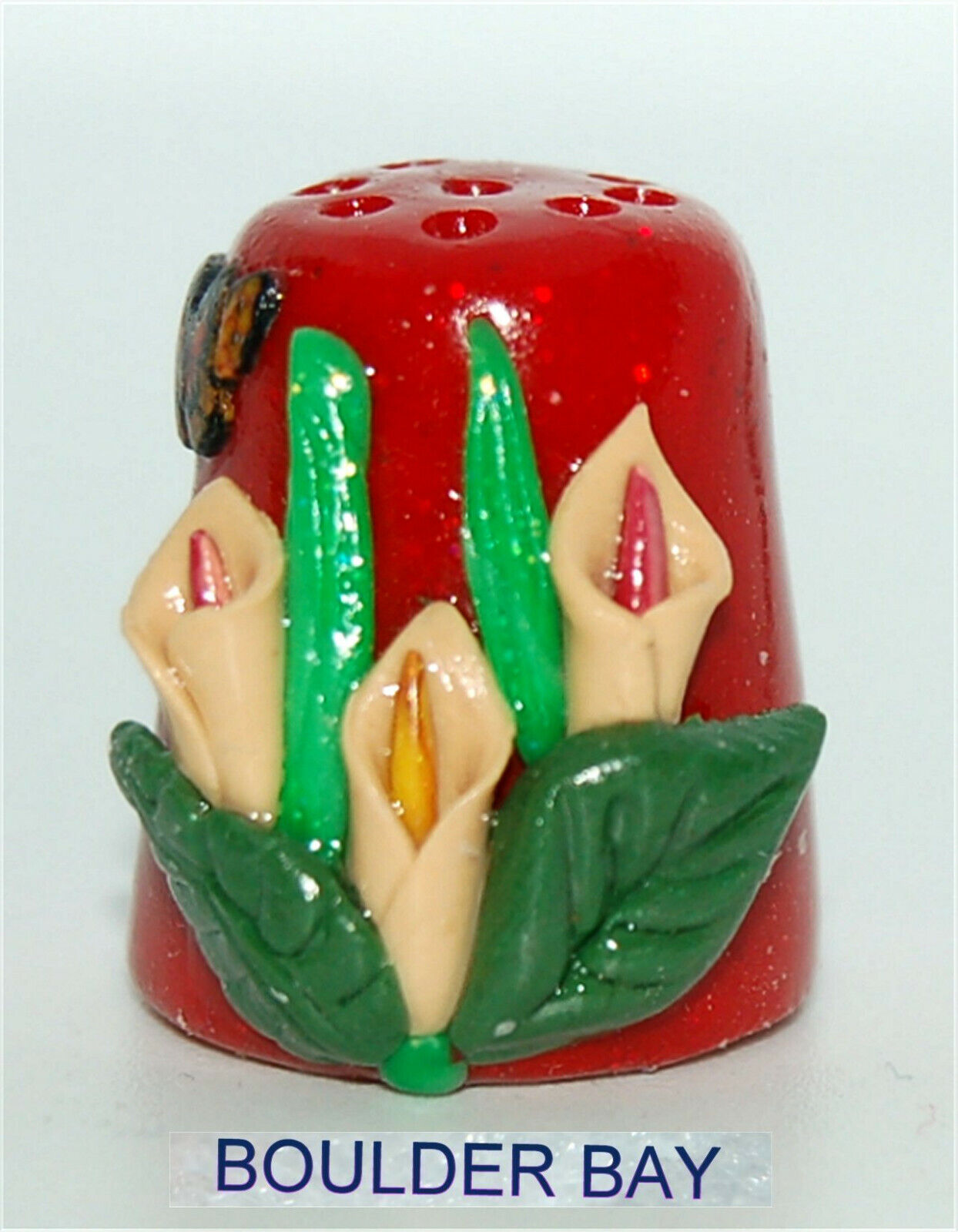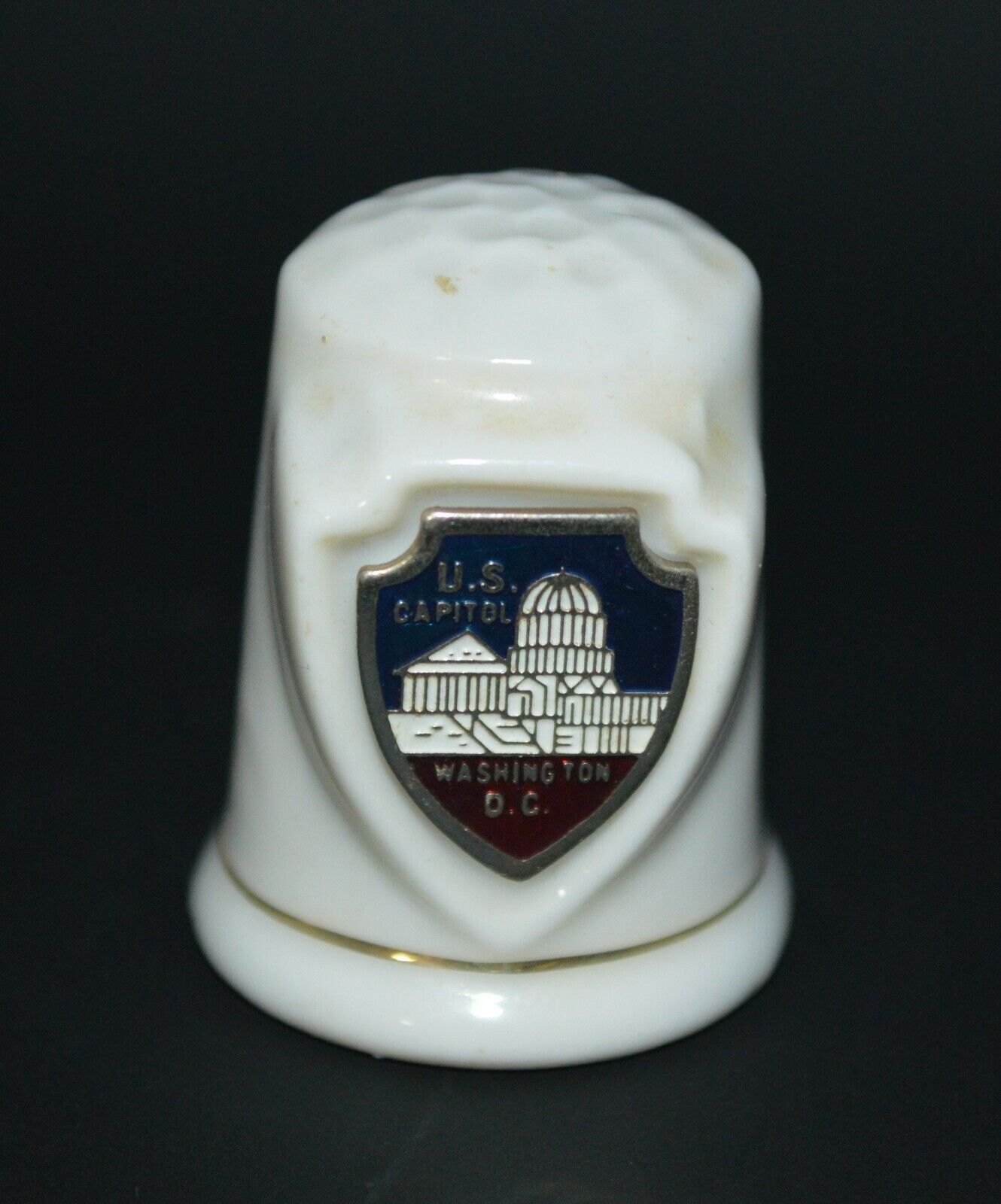-40%
Collectible Ceramic Sewing Thimble: Light Blue Tile Design on White: Portugal
$ 5.28
- Description
- Size Guide
Description
Collectible Ceramic Sewing Thimble: Light Blue Blue Tile Design: PortugalBrand new
1 1/8 inch tall; 7/8 ich diameter
Dimpled top
White Ceramic
Light Blue Tile Design on one side
Word
Portugal
on other
Gold border around bottom
Perfect for anyone who collects miniatures and/or thimbles
To keep your memories alive forever!
Portuguese Blue Tiles (Azulejo)
Azulejo is a form of Spanish and Portuguese painted
tin-glazed ceramic tile
work. Tin-glazing is the process of giving ceramic items a tin-based glaze that is white, glossy and opaque, which is normally applied to red or buff earthenware. The opacity and whiteness of tin glaze encourage its frequent decoration with color.
Azulejos are found on the interior & exterior of churches, palaces, ordinary houses, schools, & nowadays, restaurants, bars & even railways or subway stations. They were not only used as an ornamental art form, but also had a specific functional capacity like
temperature control
in homes. This type of tile work still constitutes a major aspect of Portuguese architecture as they are applied on walls, floors & even ceilings. Many azulejos chronicle major historical & cultural aspects of Portuguese history.
The word
azulejo
is derived from an Arabic meaning
polished stone(
zellige)
because the original idea was to imitate the Roman mosaics. This origin shows the unmistakable Arab influences in many tiles: interlocking curvilinear, geometric or floral motifs. The craft of zellige is still in use in the Arab world in two main traditions the
Egyptian Zalij
and the
North African Zellige
, the latter being the most famous.
The Spanish city of Seville became the major center of the Hispano-Moresque tile industry. The earliest azulejos in the
13th century
were alicatados (panels of tile-mosaic). Tiles were glazed in a single color, cut into geometric shapes, & assembled to form geometric patterns. Many examples can be admired in the Alhambra of Granada. The old techniques of cuerda seca (
dry string
) & cuenca developed in Seville in the 15th century.
These techniques were introduced into Portugal by
king Manuel I
after a visit to Seville in 1503. They were applied on walls and used for paving floors, such as can be seen in several rooms, and especially the Arab Room of the Sintra National Palace (including the famous cuenca tiles with the armillary sphere, symbol of king Manuel I). The Portuguese adopted the Moorish tradition of horror vacui (
fear of empty spaces
) and covered the walls completely with azulejos.
Due to their prevalence & relative ease of access in historic & often decayed buildings across Portugal, these type of tiles are vulnerable to
vandalism, neglect & theft
. In Lisbon, the tiles can sometimes be found for sale in street fairs & on the black market, despite recent efforts to raise awareness among buyers, that are mainly foreign tourists. Since 2013 that it is forbidden to demolish buildings with tile-covered facades in this city, in an attempt to protect its cultural heritage from deterioration. The highest number of thefts does occur in the capital; Lisbon authorities estimate that 25% of the total number of artistic tiles existent in that city has been lost between the years 1980 & 2000.
The main azulejo
protection group
in Portugal is SOS Azulejo, created in 2007. As a dependency of Polícia Judiciária, it has identified the limitation & control of the sale of ancient tiles in those markets as their main immediate goal. The city of Lisbon has also developed 'Banco do Azulejo', that collects & stores around 30 thousand tiles from demolished or intervened buildings, & also from donations to the city, in a project similar to others in the cities of Aveiro, Porto & Ovar. In August 2017, a new law was put in place in order to prevent both the demolition of tile-covered buildings across the country, & the initiation of renovating operations that could mean the removal of tiles, even if they only affect the building's interior.
20th-century
tile artists
include Jorge Barradas, Carlos Botelho, Jorge Martins, Sá Nogueira, Menez & Paula Rego. Maria Keil designed the large abstract panels in the initial nineteen stations of the Lisbon Underground (between 1957 & 1972). Through these works she became a driving force in the revival & the updating of the art of the azulejo, which had gone in some decline. Her decorations of the station Intendente is considered a masterpiece of contemporary tile art. In 1988 the following contemporary artists were commissioned to decorate the newer subway stations: Júlio Pomar (the Alto dos Moinhos station), Maria Helena Vieira da Silva (the Cidade Universitária station), Sá Nogueira (Laranjeiras station) & Manuel Cargaleiro (the Colégio Militar station).
Your purchase comes in a gift box with a
scroll
containing the tile information above.
~ BONNIE'S TRAVEL TREASURES
~
PLEASE NOTE THAT WE ARE A PAYPAL ONLY SELLER
~
SALES are limited to the UNITED STATES and CANADA only
~ COMBINED SHIPPING DISCOUNT for multiple items sent in the same package
(First place ALL selected items in eBay shopping cart, then use PayPal.)
~ PLEASE NOTE that we are a PAYPAL ONLY seller
~ PLEASE remit payment 7 DAYS of purchase
Powered by
eBay Turbo Lister
